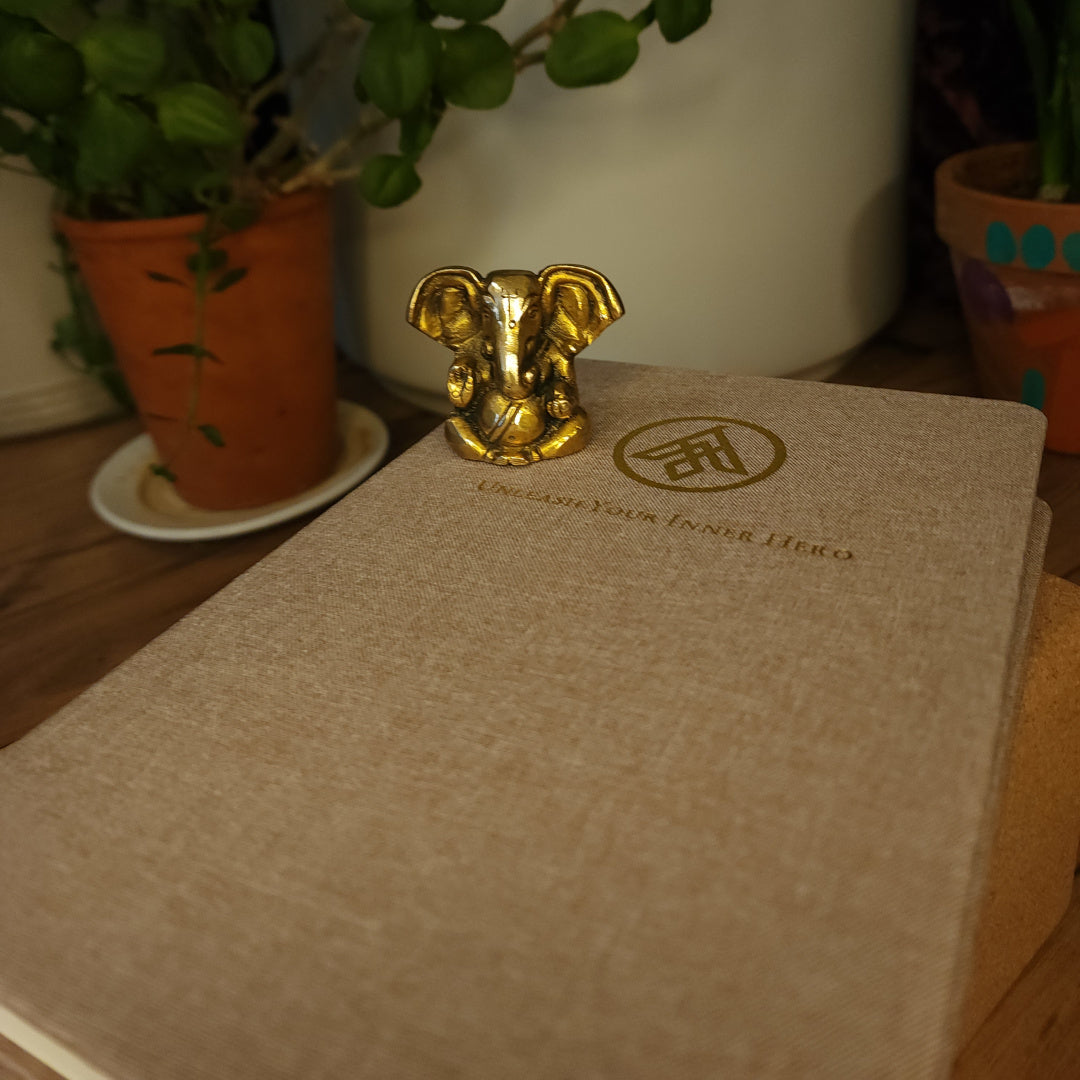Pranamaya Kosha (Energy Body)
Jack UtermoehlShare
Pranamaya kosha is the second layer of human existence, representing the energy body.
In yogic philosophy, prana means "life force" or "vital energy," and maya means "composed of." This kosha governs the movement of energy through the body and sustains all physiological functions.
It bridges the physical and mental dimensions, influencing health, vitality, and emotional well-being.
By working with prana, individuals cultivate balance, resilience, and deeper awareness.
Etymology and Meaning
Sanskrit Spelling: प्राणमय कोश
Root Words: "Prana" (life force, breath) + "Maya" (made of) + "Kosha" (sheath, layer)
Translation Variations: Energy body, vital sheath, breath body
Pronunciation: Prāṇamaya Kośa [PRAH-nah-mah-yah KOH-shah]
Pranamaya kosha flows through nadis (subtle energy channels) and is regulated by breath. It is responsible for vitality, emotional stability, and the balance between body and mind.
Role of Pranamaya Kosha in Yogic Philosophy
Pranamaya kosha acts as the link between the physical body and the deeper layers of consciousness. It is influenced by:
Breath: The quality of breathing directly affects prana levels.
Energy Flow: Prana moves through the nadis and chakras, impacting health and emotional balance.
Subtle Awareness: Working with prana refines perception and deepens meditation.
When prana is balanced, one experiences vitality, clarity, and a sense of flow. When blocked, it manifests as fatigue, emotional instability, or illness.
Symbolism in Yoga Philosophy
Pranamaya kosha is often symbolized as the wind or flowing water, representing movement and transformation.
Just as wind moves unseen yet affects everything, prana flows through the body, animating life and supporting all functions.
Jewelry Designed for Your Practice
We created this collection to honor the wisdom and beauty of yoga. Each piece is crafted with intention to support your journey, on and off the mat.
Practical Application
In Yoga Practice
- Practice pranayama (breathwork) to regulate and enhance pranic energy.
- Use asana (postures) to open energy channels and promote free prana flow.
- Engage in deep relaxation (yoga nidra) to recharge the energy body.
In Daily Life
- Pay attention to breath patterns, using conscious breathing to manage stress and emotions.
- Spend time in nature, as fresh air and movement naturally replenish prana.
- Avoid overstimulation, toxic environments, or excessive stress, which deplete pranic energy.
Quotes and Wisdom
"When breath is unsteady, the mind is unsteady. When breath is steady, the mind is steady." — Hatha Yoga Pradipika
"Prana is not just breath; it is life itself."
Modern Relevance
Pranamaya kosha is deeply relevant in today’s world, where stress, digital overstimulation, and poor breathing habits disrupt energy flow.
By cultivating prana through mindful breathing, movement, and rest, individuals restore balance, enhance well-being, and deepen self-awareness.
Related Concepts
Annamaya Kosha: The physical body, which is animated by prana.
Chakras: Energy centers that regulate pranic flow and influence mental-emotional states.
Read: Understanding the Koshas
How to Balance Pranamaya Kosha
Mindset: View breath as a bridge between body and mind, influencing all aspects of well-being.
Actions: Practice breath awareness, engage in energy-balancing techniques, and maintain a lifestyle that supports pranic health.
Reflection: Observe how breath patterns reflect emotions and mental states, using conscious breathing to create balance.
Suggested Reading
- The Science of Pranayama by Swami Sivananda.
- Light on Pranayama by B.K.S. Iyengar.
- The Breath of Life by Krishnamacharya.
Conclusion
Pranamaya kosha represents the energy body, sustaining life through prana.
By cultivating breath awareness, regulating energy flow, and maintaining pranic balance, individuals enhance vitality and deepen their connection to subtle awareness.
Strengthening this kosha supports emotional, physical, and spiritual well-being.







